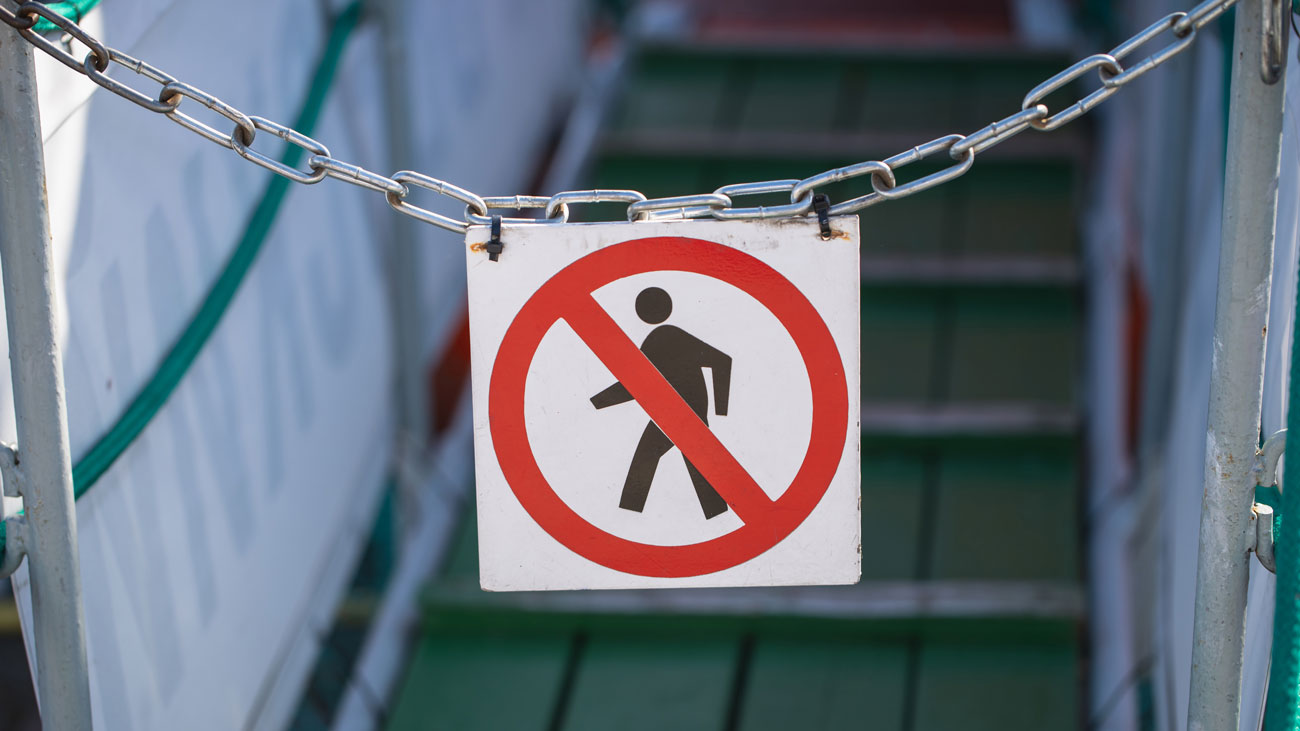
Court clarifies occupiers' duties to safeguard visitors and trespassers against injury
Following a recent case in which a man fell off a historic bridge in a park, occupiers have been reminded they must be aware of the risk of injuries to visitors and trespassers on their property, including the vulnerable, and make alterations and/or provide signs warning of potential risk of injury.
The man was injured when he fell off a narrow, historic bridge in a park, having lost his balance while pushing his bike. There were no rails or warning signs, but this was the first accident on the bridge.
An occupier can be liable under occupiers' liability law to both trespassers and visitors on their property if there is “any risk of their suffering injury on the premises by reason of any danger due to the state of the premises or to things done or omitted to be done on them”.
However, the duty imposed on occupiers is worded differently for lawful visitors and trespassers – occupiers must ensure a visitor is 'reasonably safe' whereas the duty to a trespasser is to ensure he 'does not suffer injury'.
The Court of Appeal ruled that the differences in wording were not material, so the duty to both visitors and trespassers was the same. In neither case did occupiers have to guard against every foreseeable risk. They only had to guard against those that:
- were reasonably likely to happen; and
- could be guarded against by 'proportionate remedial works'.
In this case, the Court said it would have been disproportionate, given the degree of risk of injury, to expect the occupier to carry out alterations to an historic bridge. Nor should the occupier have been required to put up signage given that what the signs would have said – that the cyclist should take special care when pushing his bike over a narrow bridge – would have been obvious to the cyclist anyway. The Court said there is no duty to warn of the obvious.
This decision might have been different had the cyclist been a more vulnerable person, such as a child. In that case, alterations and signage might have been proportionate, given that the risk of injury might not have been as obvious to a vulnerable person, and the risk of injury was therefore greater. Nor did the decision address the occupier's potential liability under health and safety law, which is a different issue.
Recommendations
Occupiers should consider the risk of injuries to visitors and trespassers on their property, including vulnerable people such as children, and make alterations and/or provide signage warning of risks if an injury is reasonably likely and could be guarded against by the alterations or signage.
Case ref: Edwards v. London Borough of Sutton [2016] EWCA Civ 1005
Disclaimer: This article from Atom Content Marketing is for general guidance only, for businesses in the United Kingdom governed by the laws of England. Atom Content Marketing, expert contributors and ICAEW (as distributor) disclaim all liability for any errors or omissions.




